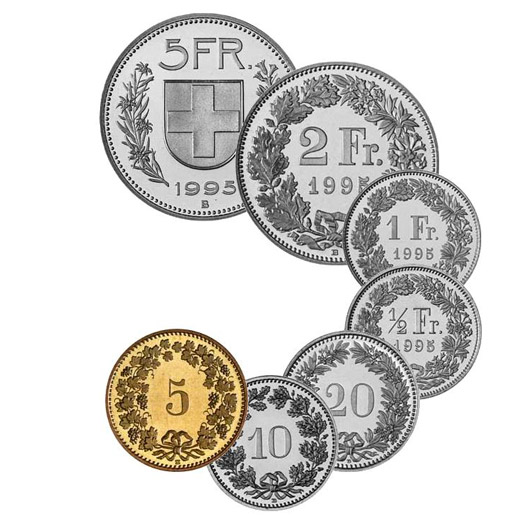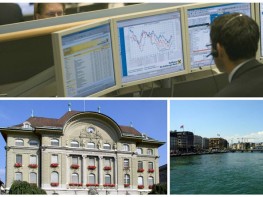15 January 2015 : To widespread astonishment, the Swiss National Bank announces that it is dropping its exchange rate peg of 1.20 Swiss francs for 1 euro. In the blink of an eye the European currency collapses against the franc. Very quickly, Swiss exporters become nervous, with the Swiss watch industry being among the most affected. After reaching new peaks in 2014, when it exported 22.2 billion francs worth of watches, one of the cornerstones of the Swiss economy sounded the alarm bells. Some companies stopped hiring new staff, others put existing staff on short time and in the most extreme cases there were redundancies. Watch brands had to be cautious at a time when world demand no longer seemed to offer the same growth prospects as previous years.
But the panic of January was above all the continuation of a decline that started in the fourth quarter of 2014 as far as watch exports are concerned. Although a strong currency naturally impacts on exports, the appreciation of the Swiss franc above all revealed a much more complex underlying political and economical situation around the world - one which also has its effects on the watch industry.
Turbulence
Political crisis, economic woes, monetary worries... the Swiss watch industry has plenty on its plate. Its main target markets had their fair share of trouble in 2015 and the statistics of the Swiss Watchmaking Industry Federation are quite clear: in Asia exports dropped by 10.2% between January and November last year in terms of value. The slow-down in growth in China weighed heavily on the industry's results. The conflict in Syria and the drop in the oil price had an impact on the Gulf and Middle East economies, where watch exports dropped 3.8% over the same period. Russia, still embroiled in its stand-off with the west, has seen a drop that equates to a scorched earth strategy: the collapse of the rouble at the end of 2014, combined with the rise of the Swiss francs, led to a drop in exports of 33.8% by value over the period January-November 2015.

Stability
Global watch exports dropped by 3.8% over the same period compared with the previous year. Even though the watch industry is not accustomed to such negative figures, the export volumes and values are still close to the record levels that the industry has seen since 2011. There is also a small ray of sunshine over the European continent, where exports grew by 6.7%. This is a good result for a market that in total accounts for nearly a third of the industry's exports.
The results in 2016 will therefore depend above all on whether the political and economic situation in its main markets improves. A stabilisation of the Swiss franc at around 1.10 CHF for 1 euro should allow the companies to adapt their cost strategies. Even though the strength of the Swiss currency is by no means the only factor behind the drop in watch exports, its stability is essential to counterbalance the political and economic instability that we will see in 2016. For the moment, at least, there is little risk of a new appreciation of the currency, given the improved economic outlook in Europe and the United States, but it cannot be totally excluded. The Swiss franc is a safe haven and it could therefore appreciate at the first sign of trouble in these markets. According to the IMF, growth in the Chinese economy will continue to slow this year, reaching 6.3%. Watch brands who have focused on diversifying their customer base will therefore be better protected in the event of another shock from China. As the old adage goes: "Don't put all your eggs in one basket!"





